After our climb up to the top of Asinelli Tower, we enquired at the tourist office the mysterious lone building on a hill top just outside of the city. We were told that it is the Sanctuary of Madonna di San Luca, located approximately 5km to the south-west of the city and easy to get to. There are ways to help cut the journey shorter but we opted to walk the route in entirety.
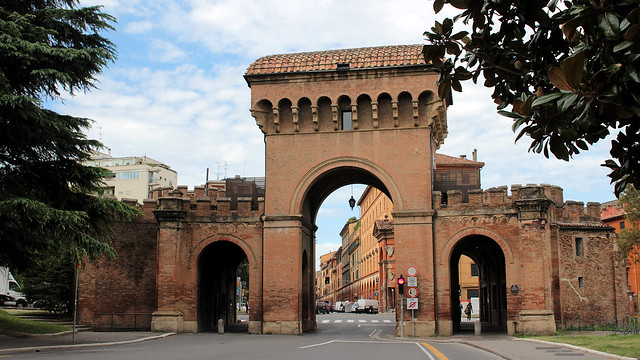
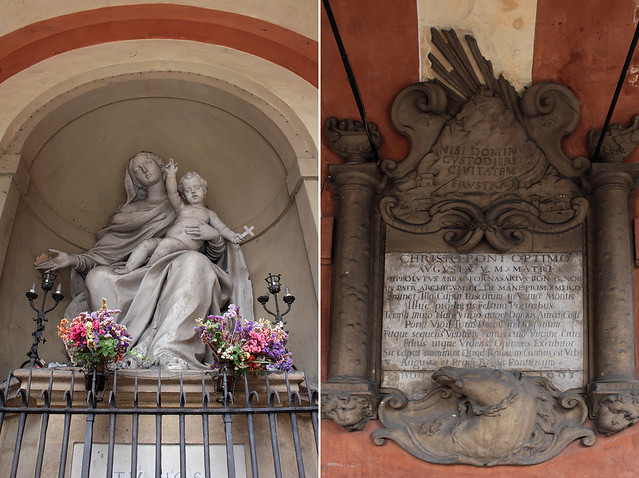
We started the walk up from at Porta Saragozza, conveniently located about 10 minutes walk away from our B&B. This is one of the several original remaining city gates from the 13th century, largely ignored until the Portico di San Luca was built in the 17th century. It lends itself to be the connecting gate from the city to San Luca and used in annual procession of a Byzantine icon of the Virgin and Child.
Continue reading »
The very first things F and I noticed, as our taxi took on the streets of Bologna, are the warm colours of the buildings which help the city earns its nickname of Bologna la Rossa – Bologna the Red, and the astounding number of porticoes. Strangely enough, there isn’t a particular nickname linked to the latter, supposedly a famous feature of Bologna.
(Bologna has two other nicknames: the Learned/Educated – la Dotta – a reference to the oldest university in the world, University of Bologna, founded in 1088; and the Fat – la Grassa – celebrating the culinary legacy of the capital of Emilia-Romagna, which gives you the familiar ragù alla Bolognese!)

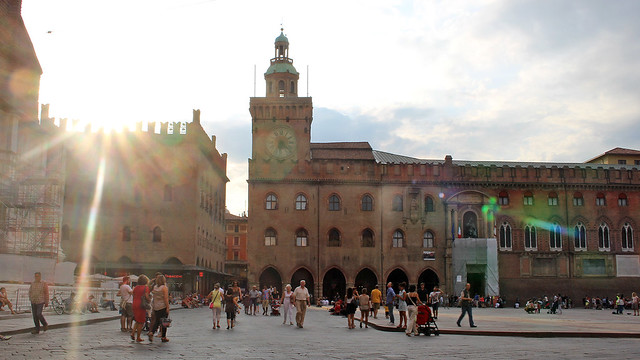
I’d like to declare Bologna the “City of a Gazillion Porticoes”, because it really felt like it. (I subsequently learned that there are nearly 40km of porticoes within the historic centre itself!) Inevitably, some are more elegant than others, some are more lavishly decorated, some rely on floor tile motives to stand out, some stay hidden unless you peek into unexpected courtyards and doors, and some could do with serious restorations. Regardless, they all make great shelters from the elements.
Continue reading »
To spend only approximately 36 hours in Dubrovnik is too short, especially when this time frame translates sub-optimally to 1.5 days of activity time. We saw the old town in a rather cursory manner, without additional time to understand the culture, to visit any museum, to admire churches and their hidden compounds, and to explore the coastline by kayak.
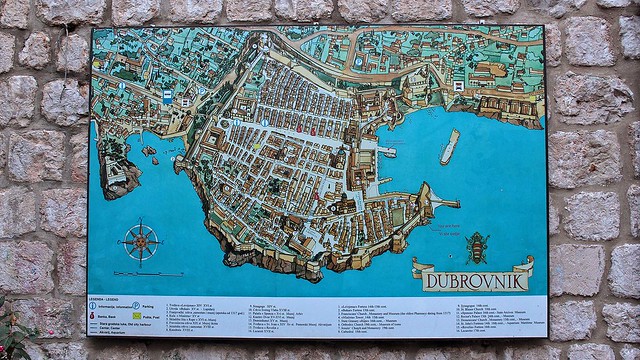
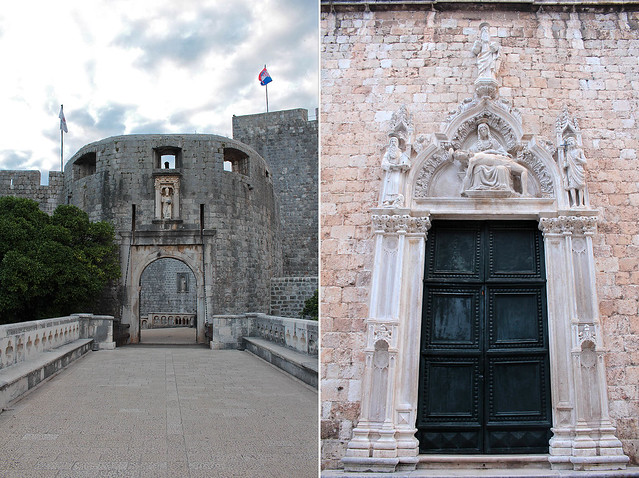
But hey, we had not intended to visit Dubrovnik initially either. It was through a stroke of luck (and flight arrangement) that we ended up here. It gave us a taster of what it could be like and teased us to return, sooner rather than later. We do not yet know when that may be, but we will relish it when the next opportunity jumps at us.
Continue reading »
Having explored the old town of Dubrovnik and then walked the city wall, all in one morning, we decided to enjoy more of the city albeit a little differently. We decided to head up to Mount Srð, the mountain which stands over Dubrovnik to its north, with a peak height of 412 meters. That’s taller than St John’s in Kotor, so we were expecting some fantastic aerial views during this hike.
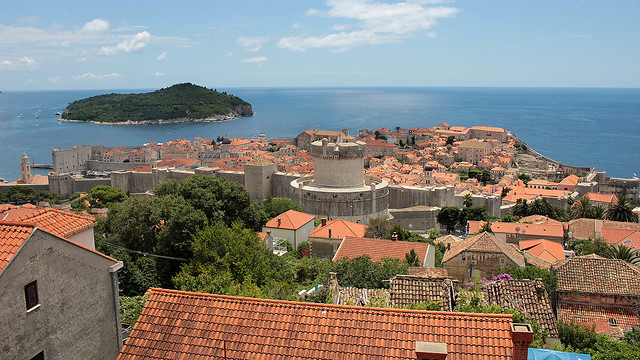
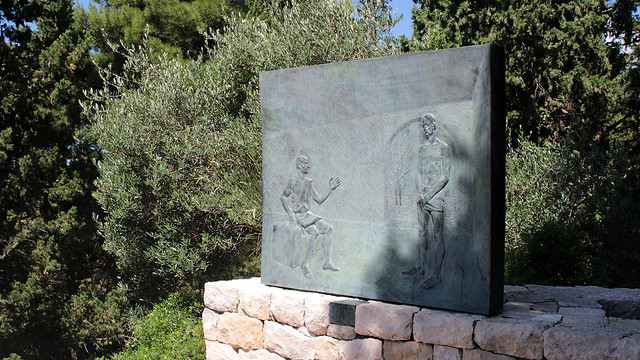
There are 3 ways to access the summit of Mount Srd. The easiest and quickest is by taking the cable car at Petra Kresimira Street, and the journey of mere minutes costs 60 kuna and 100 kuna respectively for a single and a return journey. For anyone with a car, it is also possible to drive up via the village of Bosanka. As for us, we took the active way up – some 90 minutes walk of it – a serpentine footpath which starts from Jadranska Cesta (near the long sign board which welcomes folks to Dubrovnik) above the old town and goes all the way up to the Fort Imperial.
Continue reading »
We travelled to Montenegro by way of Dubrovnik, thanks to reasonably priced air tickets that were half the price of those to Podgorica. Quite naturally, we opted to spend the final day of our trip in Dubrovnik before flying home, so we won’t be at the mercy of some long-distance and cross-border public bus while racing to the airport to catch our flight. More importantly, we were glad things worked out the way it did because we absolutely love the stari grad Dubrovnik!
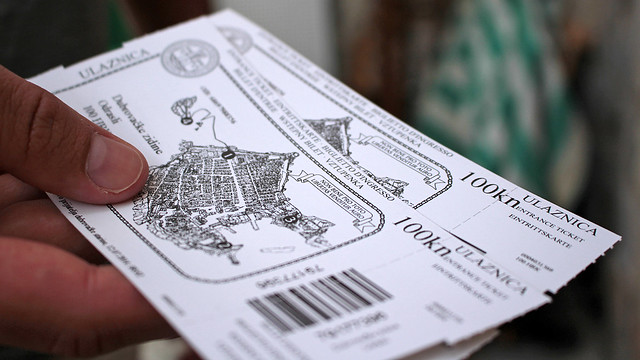
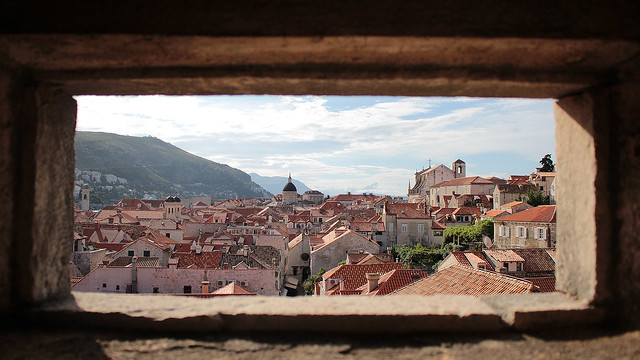
Having arrived later than expected on Friday (due to wrong timetable found on the internet, plus further delays because of heavy traffic and slow border crossing) we decided we would make the most of our full day on Saturday by starting very early in the morning. By that, I meant 6am early. And even then, it was already a little late to catch the sunrise by the time we were out the door!
Continue reading »
Our final morning in Montenegro (already!?), we packed our bag and were glad to leave the dingy and increasingly humid cave apartment, which had been letting water seeping in through one of the walls after nearly an entire day (and night) of rain. It was barely 8am but the right time to catch a bus to Bar, where we would take another bus at 1.30pm to get to Dubrovnik. It also meant we had a few hours to kill, and Stari Bar seemed like a good option.
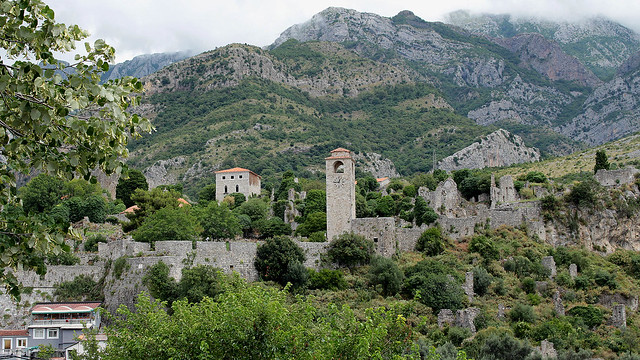
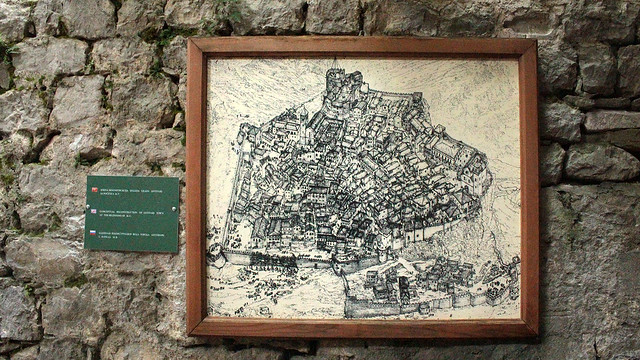
Bar derived and shortened its name from the word Antibari(um), given its location just opposing the Italian town of Bari across the Adriatic Sea. There are regular sea crossings between Bari and Bar for anyone wishing to hop between Italy and Montenegro! The port/coastal side of Bar is newer, built and favoured following destructions of an important aqueduct that used to feed into the Stari Bar, or the Old Bar. Unlike most towns where the newer parts are built surrounding the historic centre, Stari Bar and modern Bar sit a good 5-6 kilometres apart, the former at the foot of Mount Rumija and the latter by the seafront.
Continue reading »
You may have noticed that we’ve been very active throughout our trip in Montenegro, and our second day in Lake Skadar was no different. We had had a hike to the Walnut Valley scheduled and booked with Ben, but due to forecasted storm on the next day, he had to bring forward another excursion and our walk was cancelled. Moreover, another couple who were supposed to be on the walk with us decided to rescind their booking, effectively left us with less than minimum number of persons required.
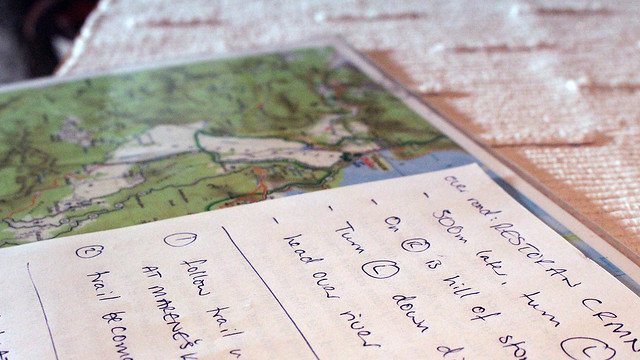

Nonetheless, understanding that we’d still like to give the walk a go on our own, Ben stopped by our cave apartment with a map and instruction on how to locate the trail ourselves. Armed with these two pieces of paper, we set out for the Walnut Valley, in the direction of Dupilo.
Continue reading »
You’re probably thinking “she’s looking for punishment”, and trust me, I wondered the same too. Barely recovered from our little escapade in the Bay of Kotor, we were on a pre-booked taxi at 7am the next morning, making our way to Virpazar in the south so we would not missed a kayak excursion of Lake Skadar. We would pretty much deposit our bags in our “cave apartment”, get changed, and run out the door for the meeting point. Oh yes…

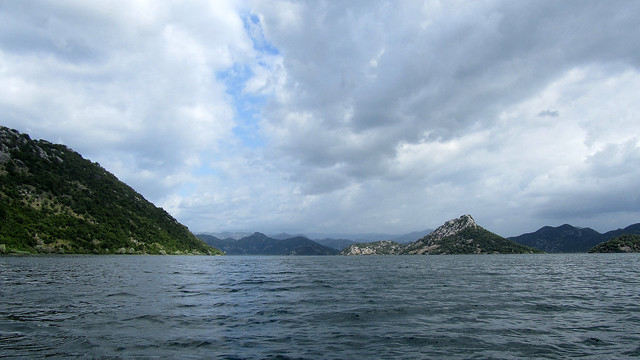
Our new adventure actually began in Vranjina, a short drive away from Virpazar. In the jeep, we met with our fellow kayakers – a family of four from Scotland – and Ben, the owner/operator of the tour company. Once in Vranjina, we were put under the care of Vuk, who is familiar with the lake and had been paddling here for a few years now. He would guide us as we paddled, and share some history and story of the lake and the Kom monastery, our ultimate spot of discovery.
Continue reading »
We had initially planned to hike in Lovćen National Park but soon learned that “daily departure” and “minimum 2 persons” indicators on a tour website could not always be counted on. A change of plan was needed, so we opted to rent a kayak for two for the day and head out for a paddle in the Bay of Kotor. This would be my very first kayaking experience, and the fact that the ria is deep enough for cruise boats to get in and out made me a little nervous. I’m still a fledgling swimmer afterall!
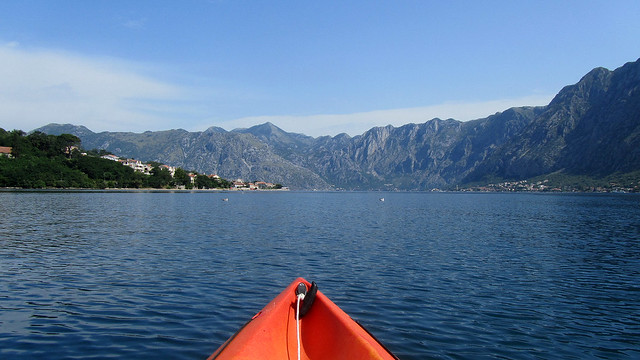
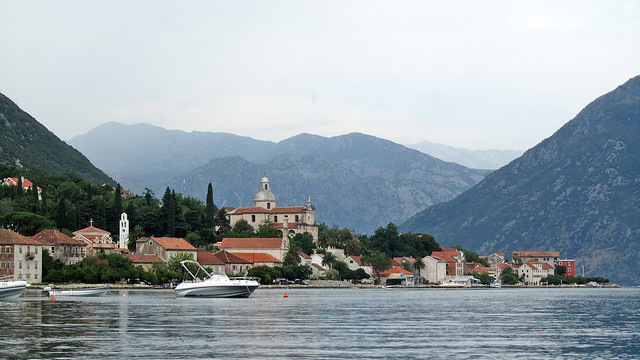
We started out from Mua, the small town that’s right across from Kotor. After being instructed to try to stay by the coastal front, and advised on the safest strategy should we ever wish to cross the width of any part of the ria, we were sent on our merry way, our bag tucked into a waterproof drum behind us and a small waterproof daypack inside the kayak itself. I had swapped our regular dSLR for my trusty old compact to take photos on this excursion to avoid potential problem, like, I don’t know, drowning the dSLR in salty water?
Continue reading »
In search for clearer water than those surrounded the town of Kotor, F and I hopped onto a local bus that took us to Perast, a small town (or is it village?) northwest of Kotor. The bus deposited us by the side of an undistinguished motorway and had us wondering if we were told to get off at the wrong spot, when we realised we were at a level above the town. Off, downhill we went.
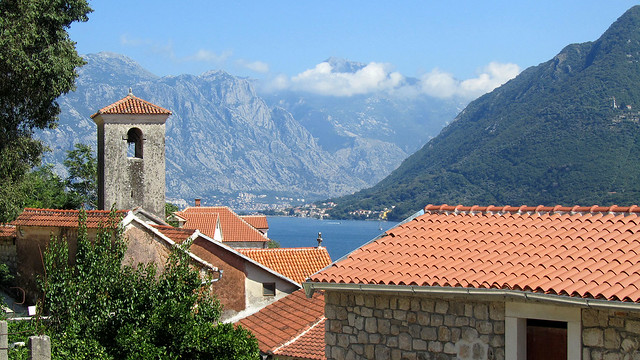
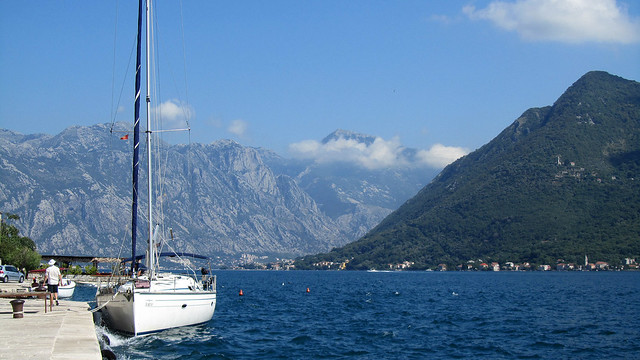
Perast is as quaint as it can get, surrounded by grey, rocky mountains and deep blue sea. Unlike Kotor, we were not jostled about by scores of day-trippers and it felt relaxing to be here. The water was a bit choppier but it was clearer too. The only downside I guess would be the lack of proper beaches. We did find one at the north-western end of the marina which was completely packed, and further south, well, we’d have to launch ourselves into the water from small piers-slash-parks by the waterfront.
Continue reading »
































